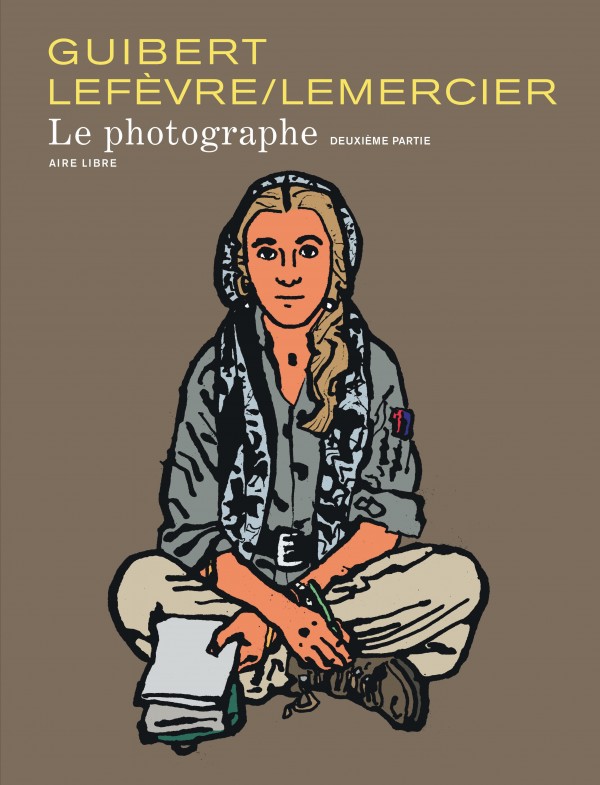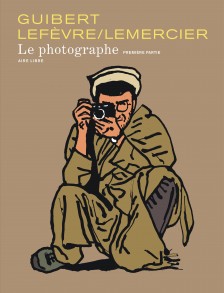80
3
237 * 310
01/09/2014
17+
By way of introduction, by Emmanuel Guibert: ‘When a reporter-photographer returns from an assignment in a country at war, he brings back hundreds of photos and as many anecdotes. From these hundreds of photos, a few dozen are selected, four or five are sold to the press, and the rest end up in boxes in the form of contact sheets. If the photographer likes to tell stories, he tells anecdotes to the people around him. Then time moves on, other assignments, other photographs and other anecdotes chase away the first, and human memory also puts them in a box. That is how stories fall asleep. The number of nice sleeping beauty stories is infinite, yet the comic strip is one of the ways of waking them up. I have a hundred reasons for liking Didier Lefèvre, and one of them is that he is a good photographer. Another is that he tells good stories. As soon as I first heard him tell me one of his stories, supported by contact sheets, I wanted to make a book with him. The comic strip intervenes to make the voice of Didier heard, to fill the gaps between the photographs and to tell what happens when Didier, for one reason or another, could not take photographs.’





